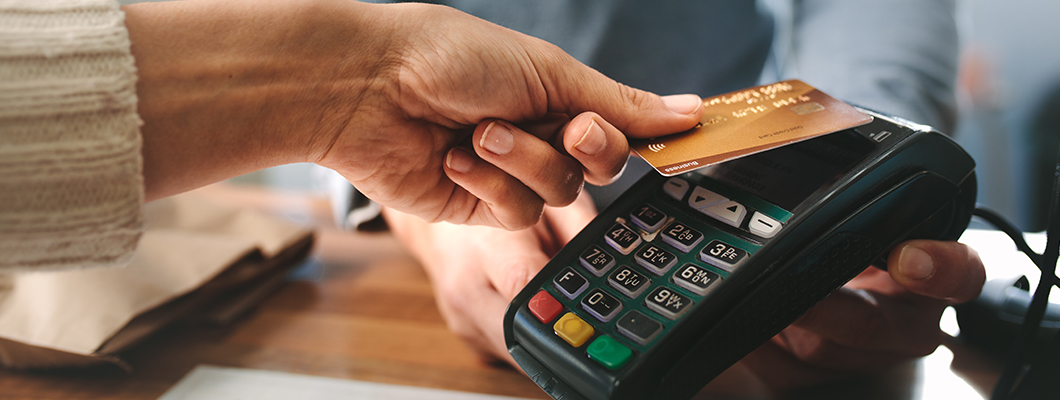
What is a Contactless Credit Card and What Makes it Safer to Use?
Posted on Monday, March 14th, 2022 | By IndusInd Bank
Contactless credit cards have been used in many countries for a long time. Moreover, they are becoming increasingly prevalent in India.
However, with each technological advancement, there are many questions. These can be, “How can these cards operate? Is it safe to use the technology?”
Well, contactless cards are one of the safest forms of payment. Read on to know all about these cards and how they secure your money.
What is a Contactless Credit Card?
If your bank card contains a sign that resembles the ‘wifi’ symbol, it is a contactless payment card.
These cards allow you to purchase without swiping your card. The transaction is completed by tapping the card against the card machine (merchant must also activate the card reader for card transactions).
It is convenient and eliminates the need to wait in huge lines to make a payment.
How Does a Contactless Card Works?
Near field communication is a technique used by contactless cards (NFC). When two NFC devices are brought alongside or within a few inches of one another, magnetic field induction allows them to communicate.
Furthermore, the best credit cards in India have a contactless chip and a radio waves (RFID) antenna. When you put your card over an intelligent reader, the radio frequency (together with a one-time code) assists you in completing your transaction.
Also, since you don’t have to input your PIN for transactions under Rs. 5,000, this payment method takes just a few seconds to process.
Is it Safe to Use Contactless Credit Cards?
The reliability of contactless cards has now become a topic of discussion for people with credit card comparison. What are the possibilities of walking by a contactless card reader and someone deducting your money without your knowledge?
This is a simple question with a proper fix. This is not going to happen. Due to several protection levels in a contactless card, the chances of this happening are next to impossible.
Let’s look at some useful facts about contactless cards to better understand how secure they are.
Theft Protection
The card and the scanner must be at least two inches apart for a direct transaction. As a result, the odds of theft are exceedingly minimal. Furthermore, if you believe you have been wrongfully charged against your card, you may always contact your card issuer. You will not be held accountable for the transaction in this manner.
Merchant Has no Record
When you perform a contactless purchase with your credit card online, the merchant never receives your identity, payment details, or CVV. Instead, the card sends just your bank details and a one-time pin or code to the reader.
It is Not Possible to Charge Twice
For each contactless operation, you must touch your card or be within several centimeters of the card machine. In addition, for each purchase, a one-time code is passed from the card to the reader. Furthermore, cashless point of sale (PoS) scanners are limited to one transaction per reader.
In Conclusion
Contactless credit cards are becoming one of the safest ways to pay. A thief would have a tough time recreating the one-time password that smart credit cards generate for each transaction.
These credit cards are far more secure than magnetic strips, which are more readily duplicated.
Disclaimer: The information provided in this article is generic in nature and for informational purposes only. It is not a substitute for specific advice in your own circumstances. Hence, you are advised to consult your financial advisor before making any financial decision. IndusInd Bank Limited (IBL) does not influence the views of the author in any way. IBL and the author shall not be responsible for any direct/indirect loss or liability incurred by the reader for taking any financial decisions based on the contents and information.



 Offers
Offers Rates
Rates Debit Card Related
Debit Card Related Credit Card Related
Credit Card Related Manage Mandate(s)
Manage Mandate(s) Get Mini Statement
Get Mini Statement
 categories
categories Bloggers
Bloggers Blog collection
Blog collection Press Release
Press Release


